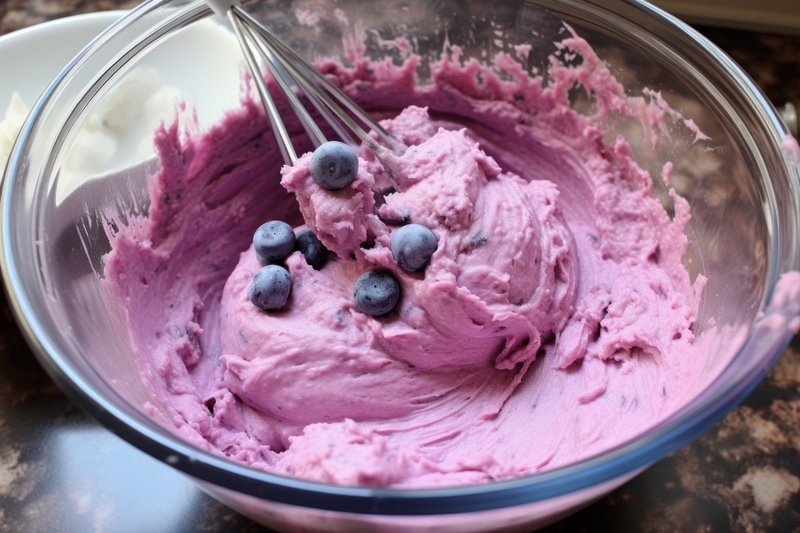 Baking is a delightful art that often involves precision and attention to detail.
Baking is a delightful art that often involves precision and attention to detail.
When it comes to muffin recipes, one of the key ingredients is milk, providing moisture, flavor, and richness to the batter.
But what happens if you decide to break the mold and substitute water for milk in your muffin mix?
Let’s dive into the world of baking experimentation to uncover the consequences of this unconventional swap.
Texture Matters: The Impact on Consistency
When you swap water for milk in your muffin mix, you’re likely to notice a significant change in the batter’s texture.
Milk contributes to the soft and tender crumb that muffins are known for.
Water, on the other hand, lacks the fat content and proteins found in milk, leading to a less creamy and more watery consistency.
Expect a thinner batter that may affect the final product’s texture.
Flavor Dynamics: From Richness to Simplicity
 Milk is not just a liquid; it adds a layer of flavor and richness to your muffins.
Milk is not just a liquid; it adds a layer of flavor and richness to your muffins.
Substituting water may result in a blander taste profile.
Milk contains proteins and natural sugars that contribute to the muffins’ overall flavor complexity.
With water, you might lose some of the depth and nuance that milk brings to the table.
Rising to the Occasion: Leavening Agent Impact
The type of leavening agent used in your muffin mix can be affected by the choice between water and milk.
Baking powder and baking soda rely on acidity to create the chemical reactions necessary for proper rising.
Milk contains lactic acid, which can interact with these leavening agents.
Substituting water may alter the pH of the batter, potentially impacting the muffins’ rise and overall structure.
Moisture Maintenance: The Role of Fat Content
 Milk is a source of fat, contributing to the moisture and tenderness of muffins.
Milk is a source of fat, contributing to the moisture and tenderness of muffins.
Water lacks this crucial fat content, potentially resulting in drier muffins.
The absence of fat can affect the mouthfeel and overall satisfaction of the baked goods.
Practical Considerations: Tips for Successful Substitutions
If you’re determined to use water in your muffin mix, consider some adjustments to mitigate potential issues.
Add a bit of oil or melted butter to compensate for the lack of fat in water.
Additionally, consider incorporating additional flavorings, such as vanilla extract, to enhance the taste profile.
Bottom Line – What Happens if You Put Water in Muffin Mix Instead of Milk?
 Experimenting in the kitchen is part of the joy of baking, and substituting water for milk in muffin mix is no exception.
Experimenting in the kitchen is part of the joy of baking, and substituting water for milk in muffin mix is no exception.
While the results may not match the traditional muffin experience, this unconventional approach can still yield tasty treats with a unique twist.
Understanding the role of each ingredient allows bakers to make informed choices and tailor their recipes to personal preferences.
So, the next time you find yourself out of milk, don’t be afraid to embrace the creative side of baking and see where your culinary curiosity takes you.


